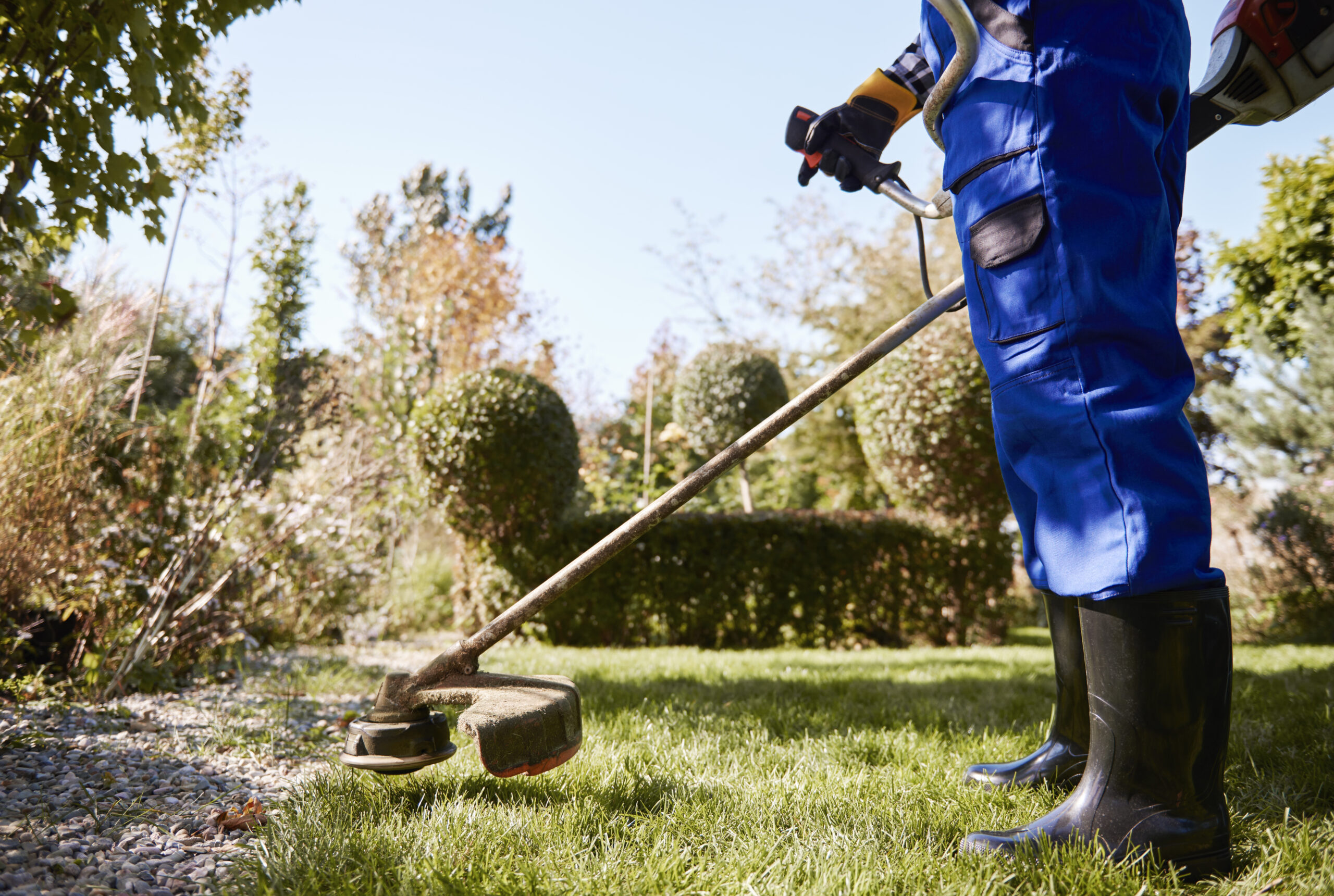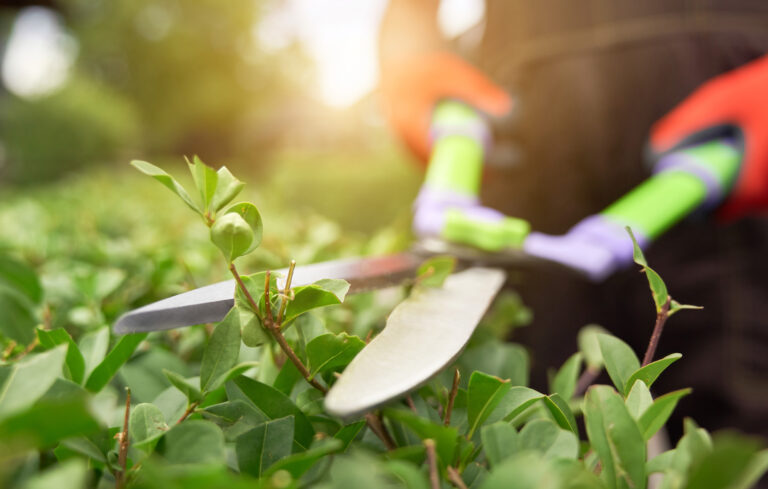A jardinagem em camadas, ou lasagna gardening, é uma técnica inovadora e sustentável que ganhou popularidade entre jardineiros de todas as regiões, sejam urbanas ou rurais. Esse método, que dispensa a necessidade de cavar a terra, baseia-se na construção de uma “lasanha” de materiais, onde diferentes camadas são empilhadas para criar uma estrutura rica em nutrientes, ideal para o cultivo de plantas.
One of the great advantages of this method is its ability to improve soil quality without the need for heavy tools or great physical effort. Additionally, it reduces weed growth, conserves moisture, and enriches the soil with essential nutrients, resulting in healthier, more robust plants.
In this guide, we’ll explore the concept of lasagna gardening, its benefits, and how you can start implementing this technique in your own garden. If you’re looking for an efficient and ecological way to grow your plants, lasagna gardening could be the perfect solution to transform your space.
Understanding lasagna gardening
Lasagna gardening is a farming method that mimics the natural processes of decomposition of organic matter, promoting soil fertility without the need for plowing or digging. It is based on creating alternating layers of organic and inorganic materials, which gradually decompose and form a rich soil.
The name “lasagna gardening” comes from the similarity to the preparation of the Italian dish, in which different ingredients are piled in layers. In the case of the garden, the base is formed by materials such as cardboard or newspaper, followed by layers of brown waste – such as dry leaves and straw – and green waste – such as food scraps and cut grass.
In addition to simplicity in assembly, the method offers significant environmental advantages. As it does not require digging, it preserves the soil microbiota, avoiding the disturbance of beneficial microorganisms that help plant growth.
Although the concept is simple, the success of this type of garden depends on a balanced selection of materials and the proper maintenance of moisture and decomposition of the layers.
The benefits of this gardening method
Lasagna gardening offers a number of benefits for both gardeners and the environment. One of the main benefits of this method is the improvement of soil quality. Over time, layers of organic materials decompose, enriching the earth with nutrients essential for plant growth.
Another benefit is the reduction in the need for weeding and maintenance. The initial layer of cardboard or newspaper acts as a natural weed barrier, preventing unwanted growth. This reduces the time and effort spent manually removing these invasive plants, making gardening more practical and efficient.
Sustainability is another positive aspect of lasagna gardening. The method encourages the reuse of organic materials, such as kitchen scraps, dry leaves and grass clippings, significantly reducing the amount of waste discarded.
Finally, lasagna gardening is accessible and versatile, and can be adapted to different spaces and types of cultivation. Whether in small urban flowerbeds or large country gardens, this approach allows anyone to create an environment conducive to healthy plant growth.
The materials needed to set up the lasagna garden
To create a lasagna garden effectively, it is essential to select the correct materials to form the layers that make up the soil. The main items needed include cardboard or newspaper for the bottom layer, followed by dry and wet organic waste such as leaves, manure and organic compost.
The first layer should be cardboard or newspaper without colored paints, which act as a barrier against weeds. Then, alternating layers of “brown” materials such as dry leaves, straw and shredded twigs and “green” materials such as fruit scraps, vegetable peelings, coffee grounds and grass clippings are added.
In addition to organic materials, include a layer of soil or organic compost between the layers, especially in the final phase of the process. This soil helps accelerate the decomposition of materials and provides beneficial microorganisms that enrich the structure of the garden.
Finally, to ensure that your lasagna garden stays healthy and productive, it is essential to maintain good humidity over time. Watering must be carried out moderately to encourage the decomposition of materials, without soaking the layers.
Step by step to create your garden
Creating a lasagna garden is a simple and affordable process, ideal for those looking for a sustainable and efficient alternative to cultivation. The first step is to choose the location where the garden will be set up, which can be done directly on the ground, in raised beds or even in large pots.
After defining the location, the layers begin to be assembled. The first layer should be made up of cardboard or several sheets of newspaper without colored ink. Then add a layer of dry materials, such as straw and shredded branches. Then, intersperse with a layer of damp materials, such as food scraps, coffee grounds and grass clippings.
With all the layers assembled, it is recommended to add a thin layer of organic compost or soil to speed up the decomposition process and provide beneficial microorganisms to the soil. Furthermore, it is important to water the garden well immediately after assembly, ensuring that moisture is distributed between all layers.
After a few weeks, the garden will be ready for planting. Seedlings or seeds can be inserted directly into the top layer, as the roots will gradually develop as the organic materials decompose.
Conclusion
Lasagna gardening is a sustainable technique that allows you to transform any space into fertile and productive soil without the need for digging. By using layered organic materials, this method improves soil quality, conserves moisture, and reduces weed growth.
Anyone can adopt the method and obtain excellent results, and whether it is to grow vegetables, flowers or ornamental plants, lasagna gardening adapts to different spaces and needs, allowing gardeners of all experience levels to create a healthy environment for plant development.
So, if you’re looking for a simple way to start or improve your garden, the lasagna gardening method is an excellent option. By adopting this technique, you not only facilitate the growth of your plants, but also contribute to the preservation of the environment and a more balanced relationship with the environment.




